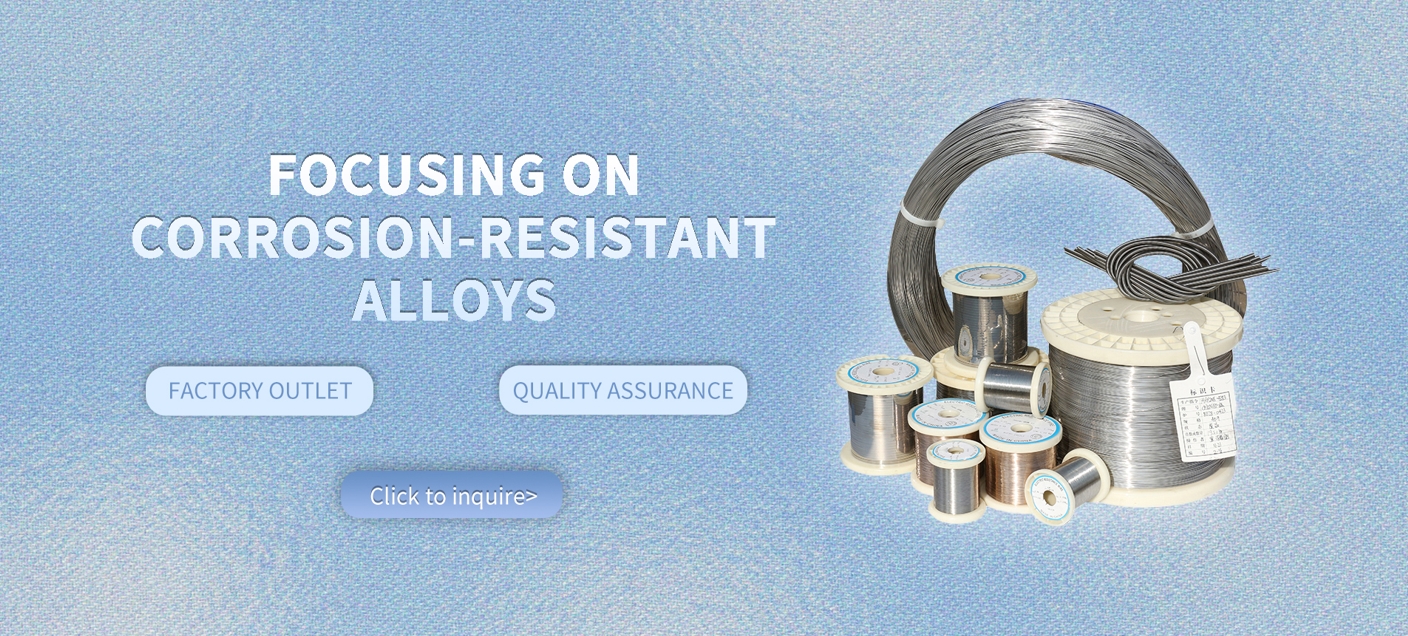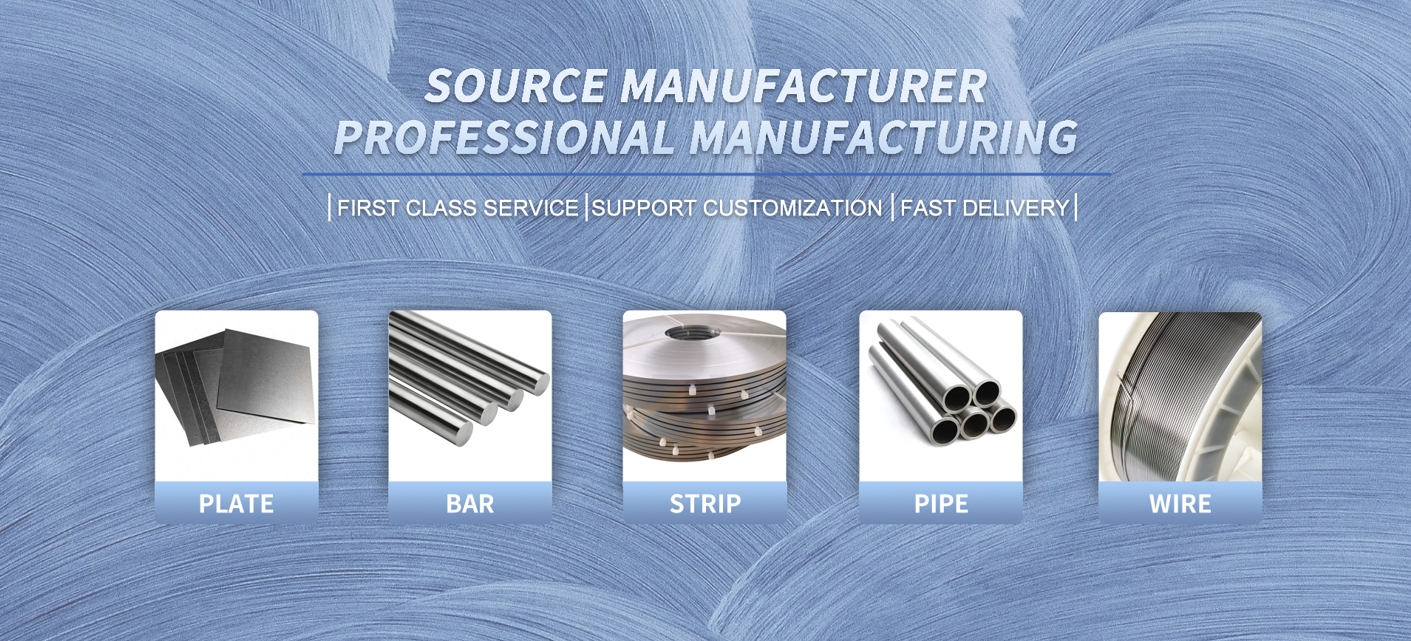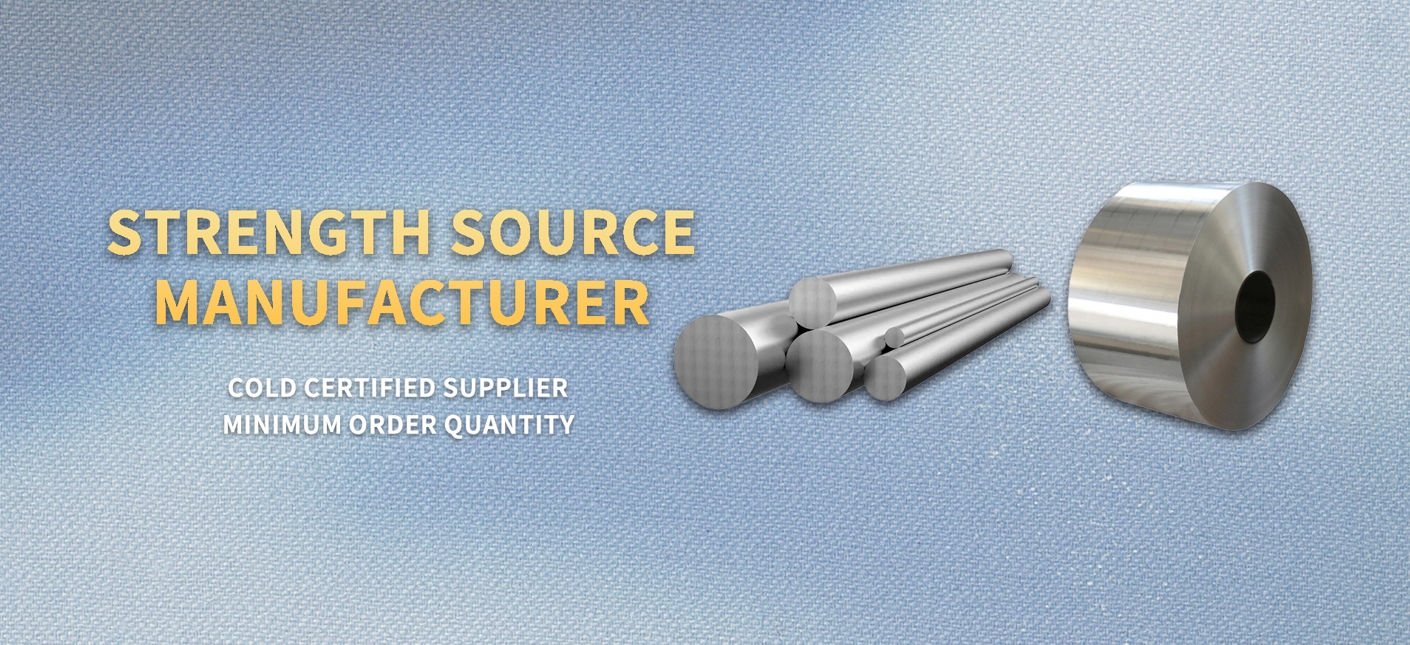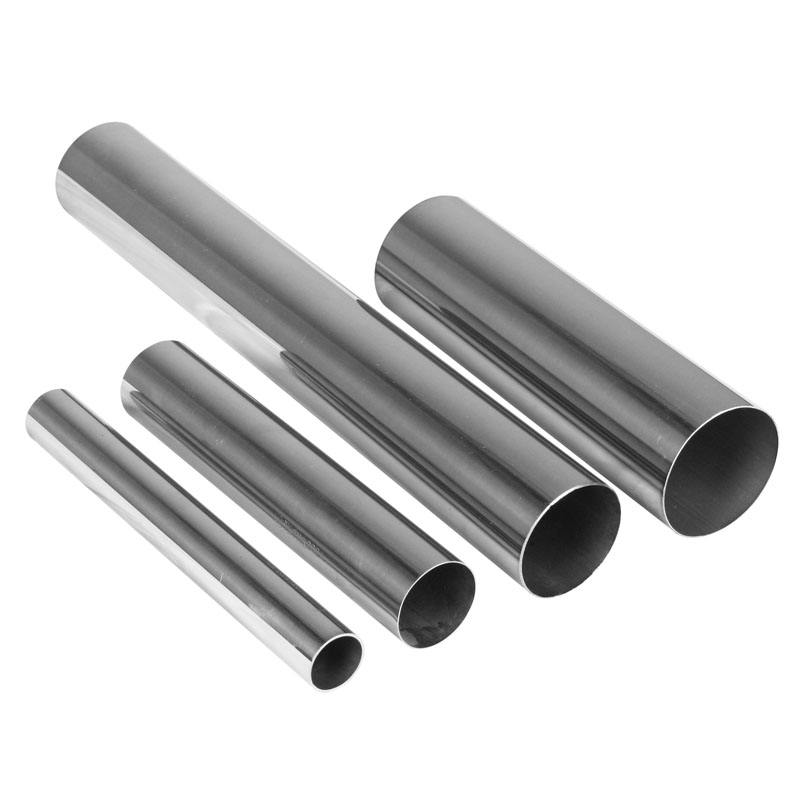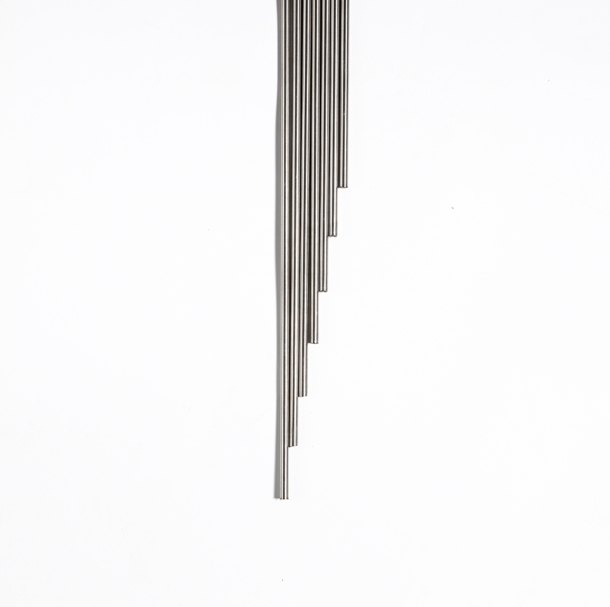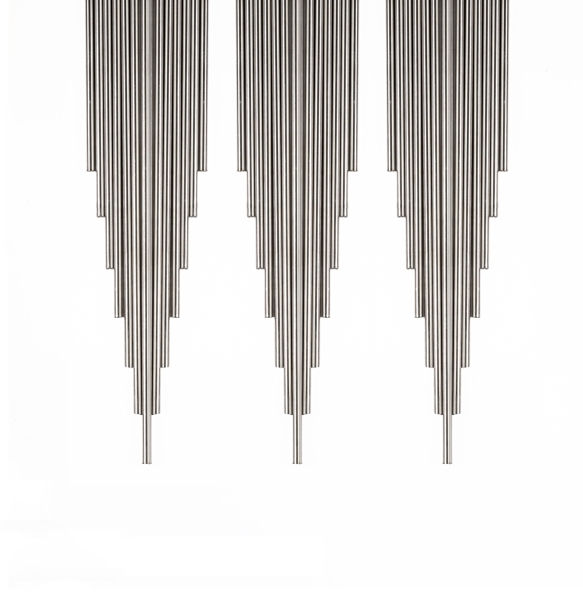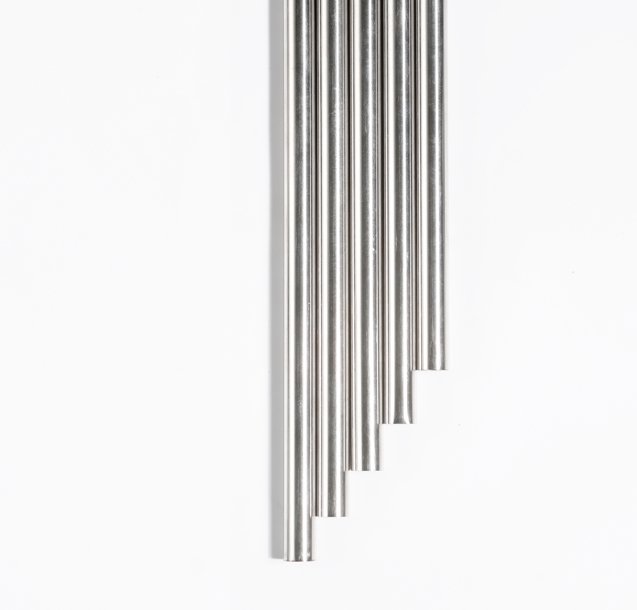Hastelloy C-22 Tube for Pharmaceutical Reactor Piping

Our Hastelloy C-22 tube is a total game-changer for pharmaceutical reactor piping, built to handle the toughest corrosive chemicals without breaking a sweat. This nickel-chromium-molybdenum alloy, with about 56% nickel, 22% chromium, 13% molybdenum, plus a dash of tungsten and iron, is our go-to for applications where corrosion resistance and reliability are critical. Whether it’s piping, fittings, or heat exchanger tubes in pharmaceutical reactors, this tube keeps your systems clean, safe, and running smoothly.
For more details, pls directly contact us.
What makes Hastelloy C-22 tube stand out is its killer ability to resist corrosion from oxidizing acids, chlorides, and wet chlorine gas, which are common in pharmaceutical processing. It’s perfect for reactor piping, fighting off pitting, crevice corrosion, and stress corrosion cracking to ensure your systems stay leak-free and compliant with strict hygiene standards. This tube keeps your production efficient and your products pure, no matter how harsh the chemicals get.
This tube’s versatility is a huge win. It’s stable up to 1038°C, which is plenty for pharmaceutical reactors operating in moderate-heat conditions, like those in drug synthesis or bioprocessing plants. Its low thermal conductivity (~10 W/m·K) helps with precise thermal management, and its high strength ensures it holds up under mechanical stress. From API manufacturing to vaccine production, Hastelloy C-22 delivers.
We love how workable this tube is, even with its complex alloy makeup. You can bend, weld, or form it into whatever your piping design needs—think seamless reactor lines or custom fittings. Need a specific diameter, wall thickness, or length? We can tailor it to fit your specs, ensuring smooth fabrication and keeping your project on track.
Parameter | Hastelloy C-22 Tube | Hastelloy C-276 Tube | Stainless Steel 316 Tube | Monel 400 Tube |
|---|---|---|---|---|
Corrosion Resistance | Excellent (oxidizing acids, chlorides) | Excellent, better in reducing acids | Good, weaker in chlorides | Excellent, less in oxidizing acids |
Thermal Conductivity | Low (~10 W/m·K) | Low (~10 W/m·K) | Low (~15 W/m·K) | Moderate (~22 W/m·K) |
Thermal Stability | High (up to 1038°C) | High (up to 1093°C) | High (up to 870°C) | Moderate (up to 550°C) |
Mechanical Strength | High, good ductility | High, slightly more ductile | Very high, less ductile | Good, high ductility |
Formability | Moderate, requires special handling | Moderate, requires special handling | Moderate, harder to form | Excellent, easy to form |
Cost | High, due to alloy complexity | High, similar to C-22 | Moderate, lower than Hastelloy | High, lower than C-22 |
Typical Applications | Pharmaceutical piping, reactor tubes | Chemical reactor piping, cladding | Marine piping, chemical components | Marine piping, desalination systems |
Durability | Long lifespan, excellent in corrosion | Long, slightly better in pitting | Long, varies in corrosive settings | Very long, less in strong acids |
The pharmaceutical industry’s all about materials that are durable, hygienic, and sustainable, and Hastelloy C-22 tube checks every box. It’s recyclable, which is awesome for eco-friendly projects, and its long lifespan means less waste from replacements. With global demand for pharmaceuticals, biologics, and green chemistry soaring—think advanced therapies and sustainable manufacturing—Hastelloy C-22’s corrosion resistance is more critical than ever. Its low maintenance aligns with the trend toward cost-effective, compliant operations.
Specification

item | HC-276 | C-22 | C-4 | B2 | B3 | N |
C | ≤0.01 | ≤0.015 | ≤0.015 | ≤0.02 | ≤0.01 | 0.04-0.08 |
Mn | ≤1 | ≤0.5 | ≤1 | ≤1 | ≤3 | ≤1 |
Fe | 4-7 | 2-6 | ≤3 | ≤2 | ≤1.5 | ≤5 |
P | ≤0.04 | ≤0.02 | ≤0.04 | ≤0.04 | -- | ≤0.015 |
S | ≤0.03 | ≤0.02 | ≤0.03 | ≤0.03 | -- | ≤0.02 |
Si | ≤0.08 | ≤0.08 | ≤0.08 | ≤0.1 | ≤0.1 | ≤1 |
Ni | rest | rest | rest | rest | ≤65 | rest |
Co | ≤2.5 | ≤2.5 | ≤2 | ≤1 | ≤3 | ≤0.2 |
Ti+Cu | -- | -- | ≤0.7 | -- | ≤0.4 | ≤0.35 |
Al+Ti | -- | -- | -- | -- | ≤0.5 | ≤0.5 |
Cr | 14.5-16.5 | 20-22.5 | 14-18 | ≤1 | ≤1.5 | 6-8 |
Mo | 15-17 | 12.5-14.5 | 14-17 | 26-30 | ≤28.5 | 15-18 |
B | -- | -- | -- | -- | -- | ≤0.01 |
W | 3-4.5 | 2.5-3.5 | -- | -- | ≤3 | ≤0.5 |
V | ≤0.35 | ≤0.35 | -- | 0.2-0.4 | -- | ≤0.5 |
Shape | Size (mm) |
Wire | 0.5-7.5 |
Rod/Bar | 8.0-200 |
Strip | (0.5-2.5)*(5-180) |
Tube/Pipe | Custom made |
Sheet/Plate | Custom made |
For more details, pls directly contact us.
Our Hastelloy C-22 tube sets the standard because we’re all about quality, customization, and customer success. We offer a wide range of diameters, wall thicknesses, and lengths, with fast delivery for both small and large orders. Our team dives into your project, optimizing the tube for your pharmaceutical reactor piping to ensure maximum corrosion resistance and reliability. We keep pricing competitive, especially for bulk orders, without skimping on quality. Our sustainable production process uses recyclable materials, aligning with green industry trends. Plus, our hands-on support means you’re always covered—whether it’s technical guidance or a custom solution, we make it happen.
Compared to other materials, our Hastelloy C-22 tube is a standout. Hastelloy C-276 is great for reducing acids but slightly less effective in oxidizing environments like wet chlorine. Stainless steel 316 is tough but struggles with chlorides and strong acids, unlike C-22. Monel 400 is corrosion-resistant but lacks C-22’s high-temperature stability and versatility in pharmaceutical settings. Our tube is the go-to for pharmaceutical reactor piping.
We craft our Hastelloy C-22 tube to meet strict standards like ISO 9001, ensuring quality you can trust every time. Whether you’re building piping for drug reactors or fittings for bioprocessing, this tube’s ready to perform. Got a unique spec in mind? Let us know, and we’ll make it happen.






About Us:
Our 12,000㎡ factory is equipped with complete capabilities for research, production, testing, and packaging. We strictly adhere to ISO 9001 standards in our production processes, with an annual output of 1,200 tons. This ensures that we meet both quantity and quality demands. Furthermore, all products undergo rigorous simulated environment testing including high temperature, high pressure, and corrosion tests before being dispatched, ensuring they meet customer specifications.
For all our clients, we offer timely and multilingual after-sales support and technical consulting, helping you resolve any issues swiftly and efficiently.
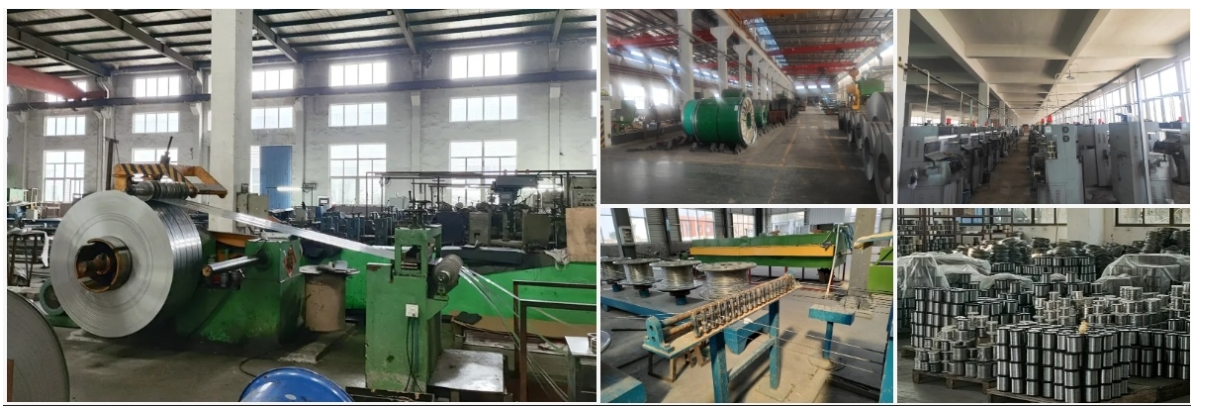
Client Visits
Building Stronger Partnerships

We support all kinds of testing:
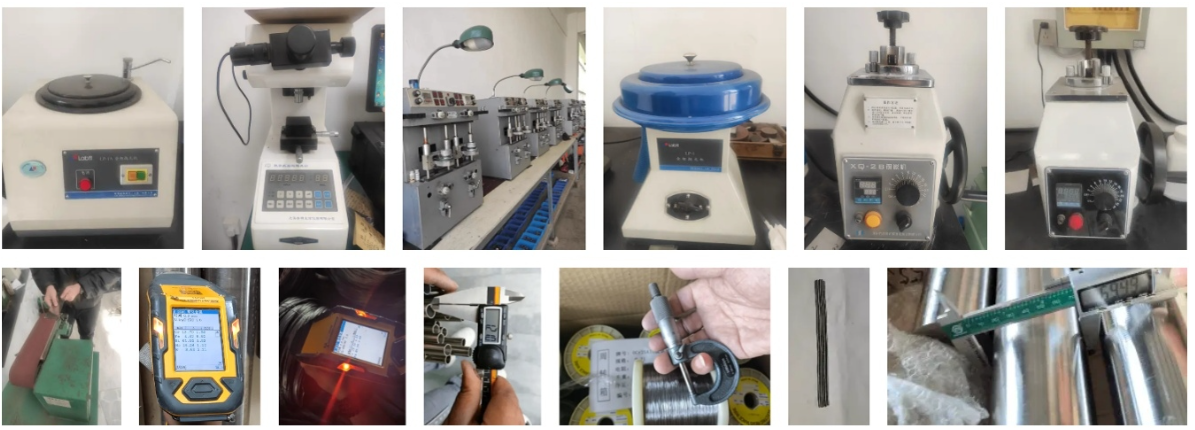

FAQs:
What is Hastelloy C-22 tube made of?
It’s a nickel-chromium-molybdenum alloy with about 56% nickel, 22% chromium, 13% molybdenum, plus tungsten and iron for corrosion resistance.What are the main uses for Hastelloy C-22 tube in pharmaceutical reactors?
It’s used for piping, fittings, and heat exchanger tubes in reactors handling corrosive chemicals.How does Hastelloy C-22 tube perform in corrosive environments?
It’s a champ, resisting corrosion from oxidizing acids, chlorides, and wet chlorine gas.Can Hastelloy C-22 tube handle high temperatures?
Yep, it’s stable up to 1038°C, great for pharmaceutical reactor piping in moderate-heat conditions.Is Hastelloy C-22 tube cost-effective?
It’s pricier than stainless steel, but its durability in harsh environments makes it a smart long-term choice.How does Hastelloy C-22 tube compare to Hastelloy C-276 tube?
C-22 excels in oxidizing acids and wet chlorine, while C-276 is better for reducing acids and pitting resistance.Can Hastelloy C-22 tube be customized?
Totally! We can adjust diameter, wall thickness, or length to meet your specific piping needs.Is Hastelloy C-22 tube environmentally friendly?
It’s recyclable, supporting green practices, and its long lifespan reduces waste from replacements.
